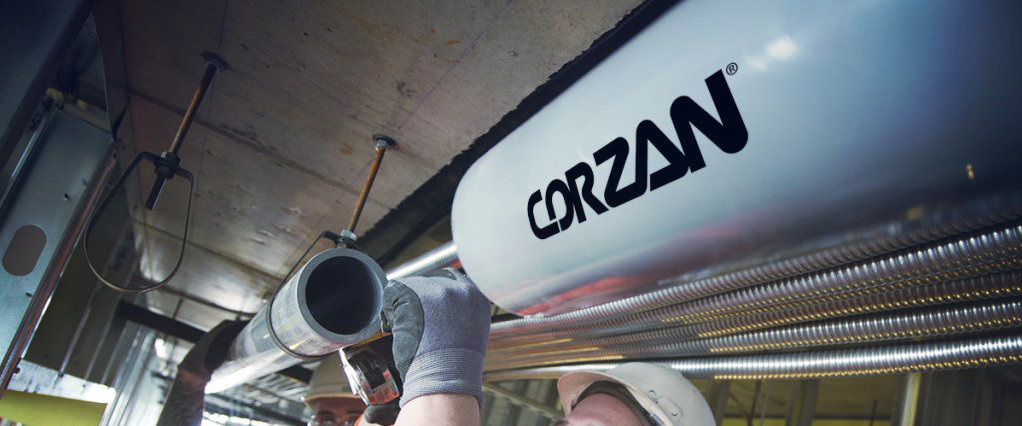The Sustainability of Corzan Piping Systems
For 30 years, the environmental movement and the green building emphasis that grew out of it have focused on the role of manufacturing in emitting waste byproducts to the air, water and land. As interest in green buildings has grown, so has the interest in the potential for environmental impacts across every phase of a building product or system’s lifecycle.
Today, the goal for many architects is optimizing the resource utilization needs of buildings for the public good. The challenge is that there is no easy method of selecting design elements and building materials to optimize the desired functionality of the space while ensuring minimal impact on sustainability. Taking a shortcut by relying on hazard-based restrictions can sometimes lead to unintended consequences of increasing environmental and health impacts. To help architects make an informed decision, Lubrizol Advanced Materials has a conducted a third-party peer-reviewed life cycle assessment (LCA) on FlowGuard Gold® pipe and fittings globally, and Corzan® Piping Systems for commercial plumbing applications in North America. In an LCA, “inputs” are examined for their “impacts” across the product’s or system’s lifecycle. This is a different approach to using data than what typically occurs in the governmental regulatory sector, where effects of exposure to a material are defined by a dose-response model. Companies like Lubrizol who use LCA effectively are doing so in the spirit of continuous improvement, to better serve our customers and communities.
LCAs help us not only gain insight into how our products and systems affect the environment from cradle to grave, but also to see larger trends and measure orders of magnitude that can dictate where specifically we can and should take corrective action for maximum benefit.
Case in point: A significant attribute of plastic building materials is that they are long-lasting and resource-efficient. They can be installed and never touched again for the life of the building because they do not corrode. This high-durability attribute for plumbing and hydronic applications of CPVC is noteworthy; having to replace damaged pipe prematurely has huge potential environmental impacts in the disposal phase.
On the other hand, as an “intermediate” company, the LCA showed us that more of our footprint derives from our upstream supply chain, because Lubrizol relies on suppliers for the raw materials that end up as Corzan CPVC pipe made by our customers. Thus we can examine what we have control over as a materials manufacturer, and where tradeoffs can be made that would lead to meaningful improvements. For instance, we could:
- Invest in changes to our operations to reduce global warming impacts
- Increase recycling options for our materials to improve the ozone depletion impact profile
- Shift an impact from one geographic location to another (upstream to a supplier or offshore to another country) by changing how we source materials
These are the issues that Lubrizol are now addressing that will help make it easier for end users to draw comparisons among products made of different materials performing equivalent functions. Learn more about how using materials like FlowGuard Gold and Corzan CPVC that have an LCA can contribute to the Integrative Materials pilot credit in LEED v4.
View our webinar on increasing building sustainability with piping systems or read our white paper on the role of piping systems in green buildings.

